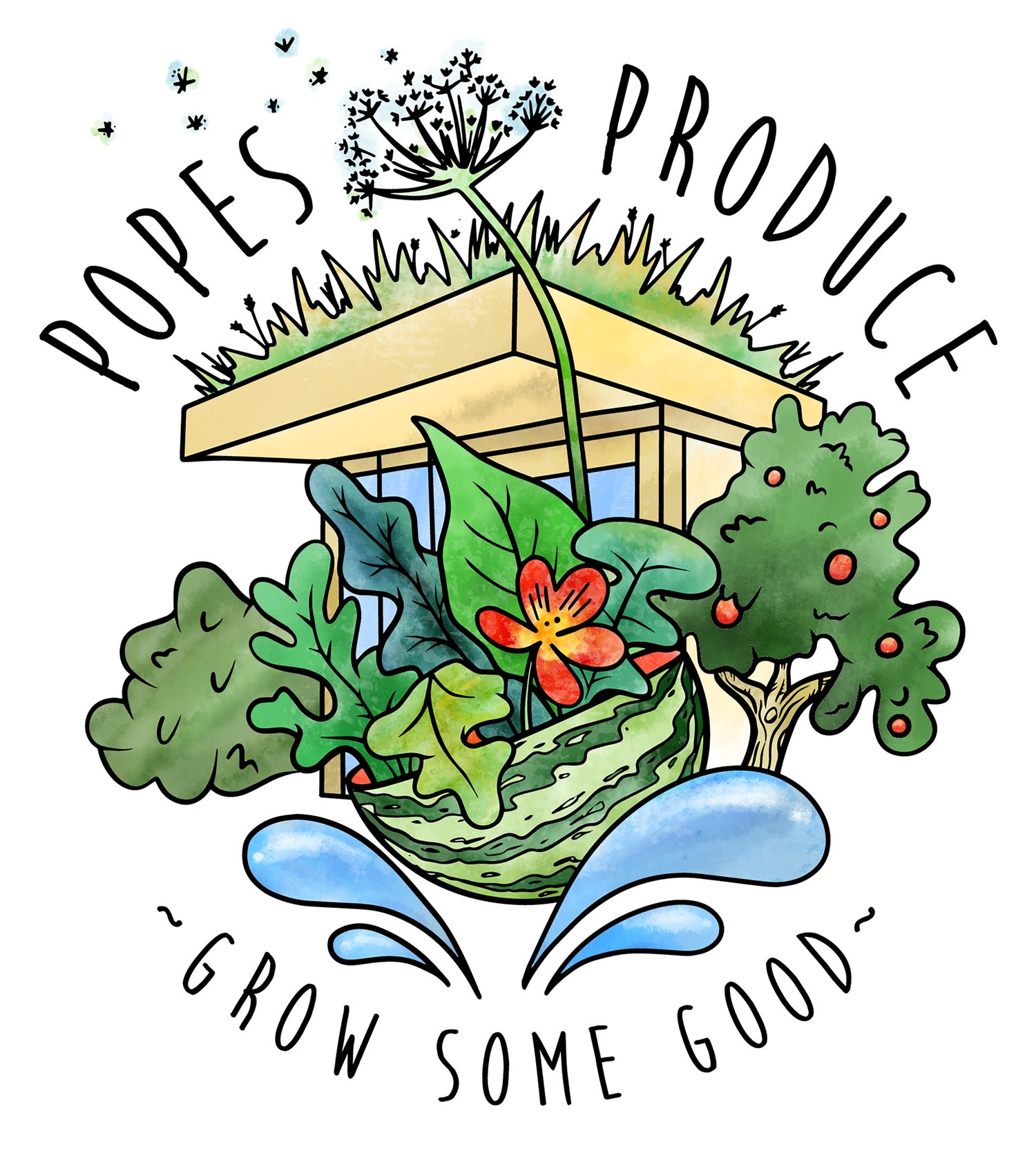IT STARTED WITH A SEED
How many times have you heard ‘a kernel of an idea’ or ‘the idea germinated from…’
There are a few things to remember about seeds -
· Seeds have stories · Seeds are stories They are pods of potential
Everything a seed needs to start a life is contained within that teeny little hard casement you can hold between thumb & forefinger
In many cases, they ridiculously resilient (under the right conditions – once heard a story of date palm considered extinct…. Turns out a seed held within a pyramid & then years in an academics drawer, then gifted to another professional was viable ! The seed was ‘woken up’ 2000 YEARS after being harvested & stored. So in this case this ‘extinct’ palm lives on)
So how do you actually grow something from seed?
Well – that depends. A little information goes a long way. If you bought a packet of seeds, a load of helpful hints will be on the back of the packet. Read these & heed their advice. No point trying tomatoes mid winter as the soil and no doubt air temperature will be too cold for them to want to get going.
For example, I know the soil is warm enough when the compost pile starts growing - literally. Large summer seeds like cucumber and pumpkin germinate from the scraps fed into the compost system some time previously. They’ve received enough moisture, there’s additional nutrients and it’s time to go !
I’ve found larger seeds are a good entry point to the whole ‘growing from seed gig’. Easier to handle, a little more robust and fairly reliable results, as long as you pay a little attention (Larger seeds seem to like to leap into action when it’s warmer.)
For me – garden bed space is limited, so I prefer to kick off the adventure in the greenhouse. Trays/ strawberry punnets filled with a seed raising mix. The mix is generally light weight, can hold moisture, will also allow free draining and have just enough nutrient in it to support emerging life. Straight up worm castings or compost can be a little too rich & a little heavy for emerging roots to push though. When watering, you want to keep the spray really light so as not to dislodge the little ones and keep it regular. Once you’ve woken the seed up, you can’t expect it to go a day without a drink, as it’s at a vulnerable stage., so daily checking in is advised.
A fabulous recipe from Mel at The Brickworks Farm shared her recipe which is amazing.
Here goes - 3 parts sieved compost: 2 parts coir: 2 parts vermiculture and a sprinkling of blood and bone.
Once you see the 1st 2 leaves pop out, keep checking the base of the container to see if roots are reaching out. Once this is happening, it will need potting on (into a larger pot) or out into the garden.
There’ll be a little transplant shock (as with any household move), so treat your seedling to a dose of seasol to help with the shock.
Before you know it – your little pod of potential with all it’s stored history will be charging along into it’s cycle to tasty maturity.
Last step, the plant forms seed to ensure it’s longevity over the seasons and start the cyclic adventure all over again. You can save this seed and next season you’re set to go again !
Storytime….
The above image is blue heritage popping corn, purchased over the weekend at the Pocket City Farm stall at Eco Footprints festival. A heritage variety, the origin points to a foodstuff of native American Indians. The PCF crew grew it (reaches only 1.5m tall, producing 2-5 cobs per stalk) and now sharing with their wider communities. It’s an incredible flavour popped (cooked in olive oil). I’m now starting some in the greenhouse to grow at Popes Produce and also at a school I work at to share this seeds story with a wider community again !


